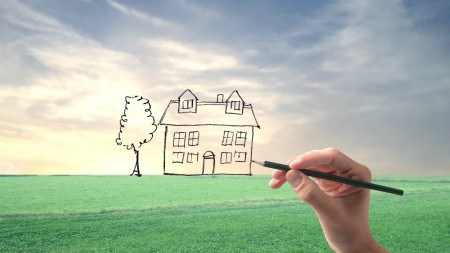In the US, research indicates that property purchases lead to increased consumer spending. Comparative South African research shows a similar trend. This is according to Adrian Goslett, CEO of RE/MAX of Southern Africa.
He says that the US National Association of Home Builders’ (NAHB) economic research, using the Consumer Expenditure Survey (CES) data from the US Bureau of Labor Statistics (BLS), shows that a home purchase triggers additional spending on appliances, furnishings, and remodeling. According to the research, such spending typically exceeds that of non-moving home owners and persists for two years after moving.
“The statistical analysis reflects that home purchase alters the spending behavior of homeowners in that homeowners who buy a new property spend more compared to non-moving owners during the first two years after moving,” says Goslett.
The biggest differentiating factor in the US seems to be furniture. The report suggests that a typical buyer of a new home is estimated to spend in excess of $3 000 more on furnishings compared to an identical household that lives in a house they already own.
According to local research on the home improvement market by Dr.Llewellyn B Lewis, principal consultant at BMI Building Research Strategy Consulting Unit, a total of 1 111 000 (7,9%) South African households bought or replaced furniture in South Africa during 2012.
In fact, his research shows that for every R1000 invested in building by consumers during 2012, around R400 was spent on furniture just a bit later in the cycle.
His research also shows that around 27% of South African households in the LSM 1-6 category spent money on home related activities such as painting and buying hardware items or building supplies during 2012, while 83% of households in the LSM 7-10 groups spent money on home related activities during the same period. Painting the interior of the home as well as home maintenance and improvement projects and purchasing hardware or building material were the most popular categories across all LSM groups.
A total of 975 000 households (6,93%) undertook home maintenance and improvement projects that cost between R1 000 and R5 000.
South African building statistics up to the end of December 2012 show that of the R164 346 million spent on building, R40 350 million (24,55%) was spent on additions and alterations. Around 15% of this figure (R14 791 million) was spent at local hardware stores.
The South African research also shows that the home improvement market in 2012 was worth around R33 500 million, down from R38 400 million recorded for 2011 and more significantly from the all-time high of R41 064 million recorded in 2009. The 2013 figures however show a slight increase, and Dr Lewis predicts that the home improvement market in South Africa will continue to show gradual increases of around 7% per annum up to 2020.
“At the end of the day,” says Goslett, “whether buying a new property or renovating or adding to an existing home, property ownership does influence consumer spending patterns and trigger waves of economic activity.”

